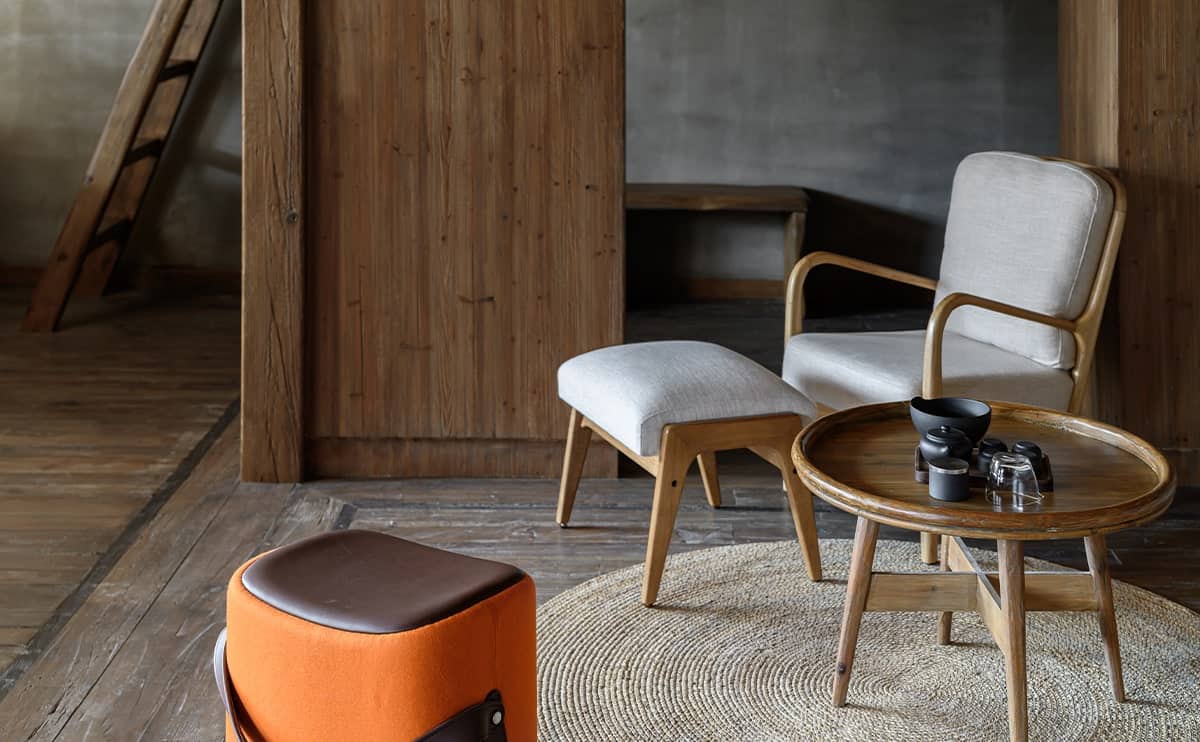Customer Support
SPC vs LVT vs Tile – Which is Right for You?
This comparison helps you find the right balance between durability, style, and installation ease.
Product Comparison
What’s the difference between SPC, LVT, and porcelain tile?
SPC (Stone Polymer Composite) flooring has a rigid multi-layer core — including a wear layer, printed decor, stone composite base, and underlayment — offering high stability and water resistance.
LVT (Luxury Vinyl Tile) is thinner and more flexible, great for quick renovations or rentals.
Porcelain tile is the most durable and authentic option, especially for permanent installations.
Which product is best for durability and heavy traffic?
Porcelain tile is the top choice for maximum durability, especially in commercial or outdoor spaces.
SPC flooring also handles heavy use well, with better comfort and easier installation.
LVT is less rigid and more suited for low to medium traffic areas.
Is vinyl flooring waterproof like porcelain tile?
Yes — both SPC and LVT are waterproof and ideal for kitchens, bathrooms, and basements.
However, porcelain tile offers even better long-term water resistance, especially in outdoor or flood-prone areas.
Does SPC flooring feel harder underfoot than tile?
No — SPC has a firm core, but its underlayment adds cushioning and acoustic softness.
Porcelain tile, while more solid, can feel colder and harder unless paired with rugs or radiant heating.
Are all wood-look tiles the same across materials?
Not exactly — while all mimic wood patterns, Porcelain wood-look tiles deliver the most realistic grain depth, with textured finishes that mimic natural wood better than printed vinyl patterns.
Best for buyers seeking a long-lasting and authentic wood aesthetic.
SPC and LVT offer printed wood visuals, often with more color options but slightly less depth in texture.
Which flooring is easier to install: SPC, LVT, or tile?
SPC and LVT feature click-lock or glue-down systems, making them suitable for DIY installation.
Porcelain tile usually requires professional tools and expertise for leveling, grouting, and cutting.
Which product is better for tight budgets?
LVT is typically the most cost-effective option, especially for small or temporary projects.
SPC offers better performance at a slightly higher cost.
Porcelain tile tends to be more expensive due to installation and material costs.Regardless of material, we recommend ordering 10–15% extra for cuts, layout patterns, and breakage.
We recommend ordering 10–15% extra material to account for cuts, patterns, and waste.
Application Scenarios
Which products are best for bathrooms or wet areas?
Porcelain tile is the best option for wet areas thanks to its ultra-low water absorption and available anti-slip surfaces (check the slip rating).
SPC and LVT are also waterproof and suitable for bathrooms — but we recommend using moisture barriers, sealing edges, and choosing slip-resistant textures where possible.
Can I install your products outdoors?
Only specific porcelain tiles rated for outdoor use can handle UV, freeze-thaw cycles, and moisture exposure.
SPC and LVT are not designed for outdoor conditions and may warp or discolor in direct sun or fluctuating humidity.
Which flooring is best for rental or temporary spaces?
LVT is ideal for rentals — it’s low-cost, easy to install, and easy to remove without damaging the subfloor.
SPC offers more structure but is less portable.
Porcelain tile is permanent and not recommended for short-term spaces.
What tile or floor works best for pets and kids?
SPC is pet- and kid-friendly: it’s waterproof, scratch-resistant, and absorbs impact better than tile.
Porcelain tile is extremely durable and easy to clean, but firmer.
LVT is soft and affordable but may show wear sooner in high-activity homes.
Which products are safe for use with underfloor heating?
All three — SPC, LVT, and porcelain tile — can be used over underfloor heating systems.
Porcelain tile offers the best thermal conductivity.
For SPC and LVT, make sure the surface temperature stays within each product’s recommended limit (usually under 29°C / 85°F).
What’s best for restaurants, stores, or offices?
Porcelain tile is the best choice for commercial spaces — highly durable, easy to clean, and fade-resistant under heavy use.
SPC is also ideal for offices or shops seeking quick installation and acoustic comfort.
LVT is best for low-traffic or budget-conscious retail applications.
Which products are suitable for DIY installation without professionals?
SPC and LVT floors are designed for DIY — they use simple click-lock or glue-down systems that require minimal tools and no tile saws.
They’re great for homeowners looking for fast, low-mess installation.
Porcelain tile usually requires professional help due to leveling, cutting, and grouting.
What flooring works best in kitchens with heavy cooking and oil stains?
Porcelain tile is the best choice for heavy-use kitchens — it’s heat-resistant, non-porous, and very easy to clean even after oil splashes.
SPC flooring also performs well in kitchens thanks to its waterproof core and stable structure.
LVT is budget-friendly but may require more care over time if exposed to high grease.
Can I mix different materials in different rooms?
Absolutely — many homeowners combine porcelain tile in bathrooms and kitchens with SPC or LVT in living areas and bedrooms.
Each space has unique needs: tile is best for wet zones, while SPC offers comfort and warmth in dry areas.
Just be sure to use proper transitions between materials.


